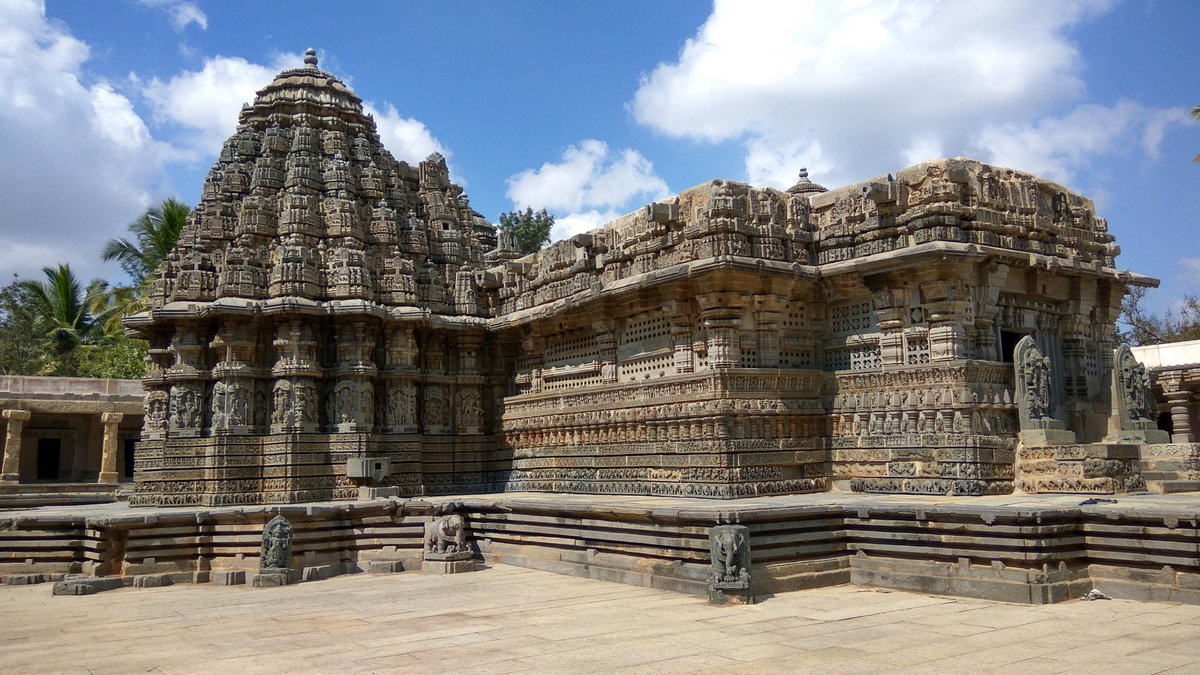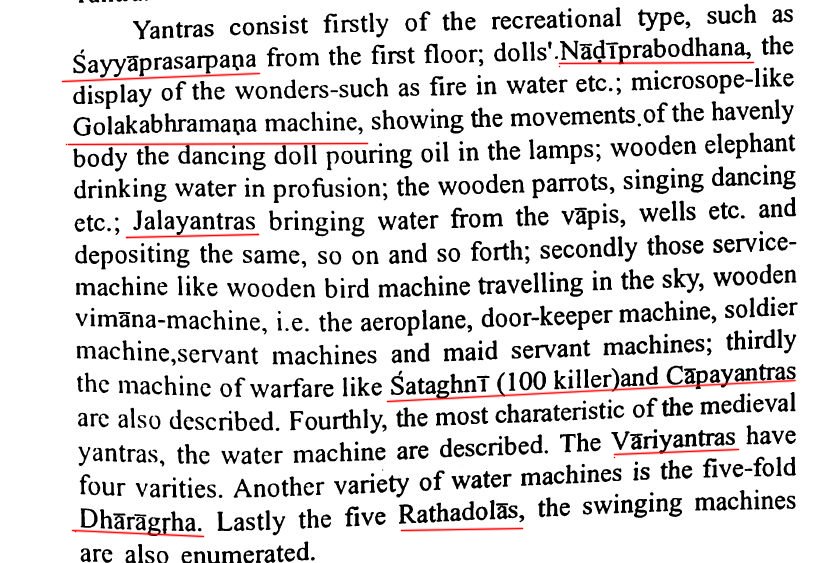Mathura has time & again been praised to the hilt in our Puranas. One of the most important descriptions of Mathura & its Teerthas comes from the Varaha Purana.
It comes from the mouth of Lord Varaha swamy himself, as he describes the greatness of Mathura to Goddess Bhudevi.
It comes from the mouth of Lord Varaha swamy himself, as he describes the greatness of Mathura to Goddess Bhudevi.

Varaha foresees his birth in Mathura as Krishna for reestablishing Dharma in the Dwapara yuga. Yamuna too is praised here. 

Varahaswamy compares Mathura's beauty to that of Indra's capital of Amaravati. He describes the benefit of making a yatra to 12 of the most important Teerthas in Mathura. The first among them is called Madhuvana, a Vishnu Teertha. 

Khadiravana is the Teertha of Varaha himself, Mahavana that of Indra & the 9th one is called Lohajanghavana. 

The 10 teertha called Bilvavana is dear to Brahma, the 11th one is called Bhandira dedicated to the 64 Yoginis. 

The 12th & undoubtedly the most famous & most auspicious of all Teerthas of Mathura, the Brindavana(Vrindavan). Varaha says it is particularly dear to him & those who have a darshana there will never go to Naraka. 

Despite the long, continuous & unrelenting invasions & subsequent plundering of Mathura by various barbarians throughout history, many of these Teerthas still stand, albeit not in their original form. Except the rebuilt Vrindavan, the rest are modest in appearance.
• • •
Missing some Tweet in this thread? You can try to
force a refresh


































